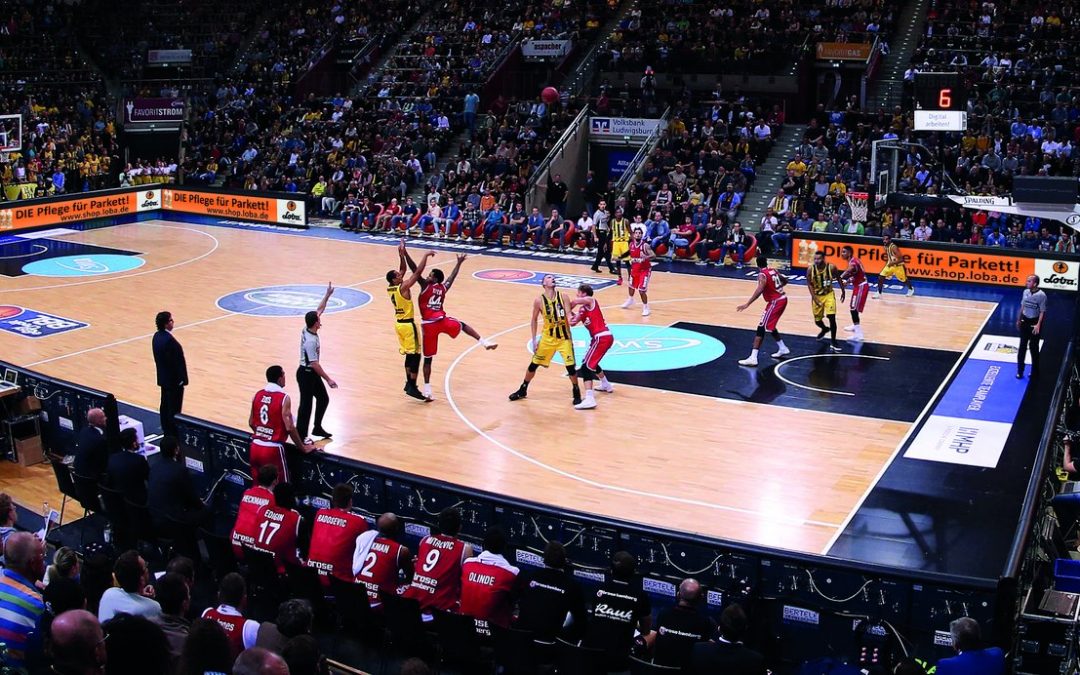Wood floors have been an integral part of basketball history. The sport has been played on wooden surfaces for over a century. Prior to wood floors, the sport was played on surfaces such as concrete, dirt, and even grass.
Since those days the sport has evolved, and the need for a more suitable playing surface became apparent in the 1920s. Hardwood floors used in indoor basketball courts provide a more durable and consistent surface for players.
One of the most significant advancements in the use of wood floors in basketball came in the 1940s with the introduction of the “floating” hardwood floor. This type of floor is built on a system of sleepers and anchors that allow it to “float” above the building’s subfloor, providing a more uniform surface that is less likely to warp or buckle. In the 1950s, the use of maple wood became the standard for basketball courts due to its strength, durability, and ability to resist splintering.
In the following decades, the shiny gym floor look that we associate with modern basketball courts became more prevalent. The shiny appearance of the wood is achieved through a process of sanding and finishing the floor. Common finishes used today are the LOBA 2K Supra A.T. finish. This finish is perfect for high-traffic floors such gymnasiums. The finished product has optimized protection against scratches and increased slip resistance.
The history of wood floors in basketball is a rich one, with hardwood surfaces becoming a defining feature of the game. The development of floating floors, the use of maple wood, and the process of sanding and finishing have all played a crucial role in creating the shiny gym floor look that we recognize, and love today.
